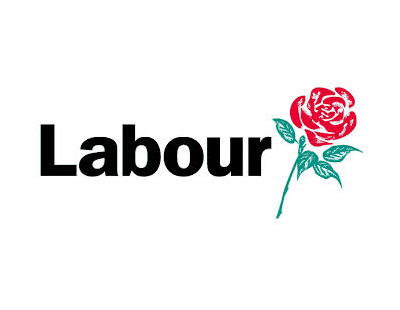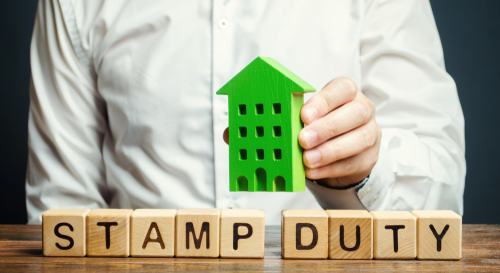There’s been broad support from within the agency and wider property sectors for Labour’s proposal to build on selected parts of the Green Belt, while protecting areas of outstanding beauty and other public spaces.\
Labour leader Sir Keir Starmer says his party is committed to a "brownfield-first" approach but would loosen planning laws and create a new class of "grey belt" land for low-quality areas within the existing Green Belt.
This new category will include "poor-quality scrubland, mothballed on the outskirts of town”- and the party cites one example, a disused petrol station in Tottenham currently designated as Green Belt.
At least 50% of housing development on these sites must be considered affordable.
The party has also ruled out building on what it calls "genuine nature spots", requiring developers to include improvements to existing green spaces in their plans.
Starmer says: “Labour supports brownfield-first policies. But we must be honest, we cannot build the homes Britain needs without also releasing some land currently classed as Green Belt. We'll prioritise ugly, disused grey belt land, and set tough new conditions for releasing that land. Our golden rules will also ensure any grey belt development delivers affordable homes, new infrastructure and improved green spaces."
Ian Barnett of Leaders Romans Group says Labour is “very much on the right track”.
He continues: “We must look again at the definition of the Green Belt. As Starmer quite accurately pointed out, much of it isn’t even green: contrary to a widely-held belief that the Green Belt is a bucolic ring of verdant countryside open to all, much of it is inaccessible and/or preserves and protects unattractive edge-of-settlement brownfield sites – those which have potential for sustainable development.
“To gain political and public support, the Green Belt needs to be reframed on the basis of expansion. Since 1955 when the Green Belt was introduced, the UK population has grown from 51,063,902 to 68,497,907. The housing crisis demonstrates a desperate need for sustainable new settlements and we have adequate measures, such as Areas of Outstanding Natural Beauty and conservation area status, in place to ensure that this is done sensitively.
“… I believe that Keir Starmer is very much on the right track in accepting that the Green Belt must be reviewed to address the housing crisis. I believe it is possible to expand the Green Belt overall, while also delivering more homes. But a strategic approach is the only way in which this can be achieved.”
Colin Brown of Carter Jonas says: “It is encouraging to see that Labour are at least attempting to grapple with the Green Belt conundrum. I absolutely agree that there are many sites designated as Green Belt which do not reflect the public’s perception of what the Green Belt actually is, including previously developed sites.
“There is also some logic in prioritising the use of ‘Grey Belt’ land where releases are needed to meet housing requirements, however, a future Government will have to use multiple levers to genuinely achieve a step-change in housing delivery. This will include the inevitable need to deliver some development on current Green Belt land that does not neatly fit the ‘grey’ label.
“There are many areas that simply do not have a legacy of brownfield land where more difficult decisions absolutely must be taken if we are to house our growing population, including, critically, those in current housing need.”
Industry body the Housing Forum also supports the principles outlined by Labour, with policy director Anna Clarke saying: “Former garage sites are a prime example of land within Green Belts that should be better used for housing. We are pleased to see Labour’s plans for a higher proportion of Affordable Housing on greenbelt land, which should be feasible especially on larger sites.
“It’s good to build on brownfield sites where practical, but we know these are not sufficient to meet needs. Many cities, such as London have a growing population and huge levels of housing need. But they are unable to grow outwards because of Green Belts which were drawn up over 70 years ago.
“We would like to see a more strategic approach to the Green Belt, with local authorities and city regions encouraged to work together. Central government should support these ambitions and not try to lock down the boundaries of Green Belts in perpetuity.”








/Labour-logo400x310.png)




















Join the conversation
Be the first to comment (please use the comment box below)
Please login to comment